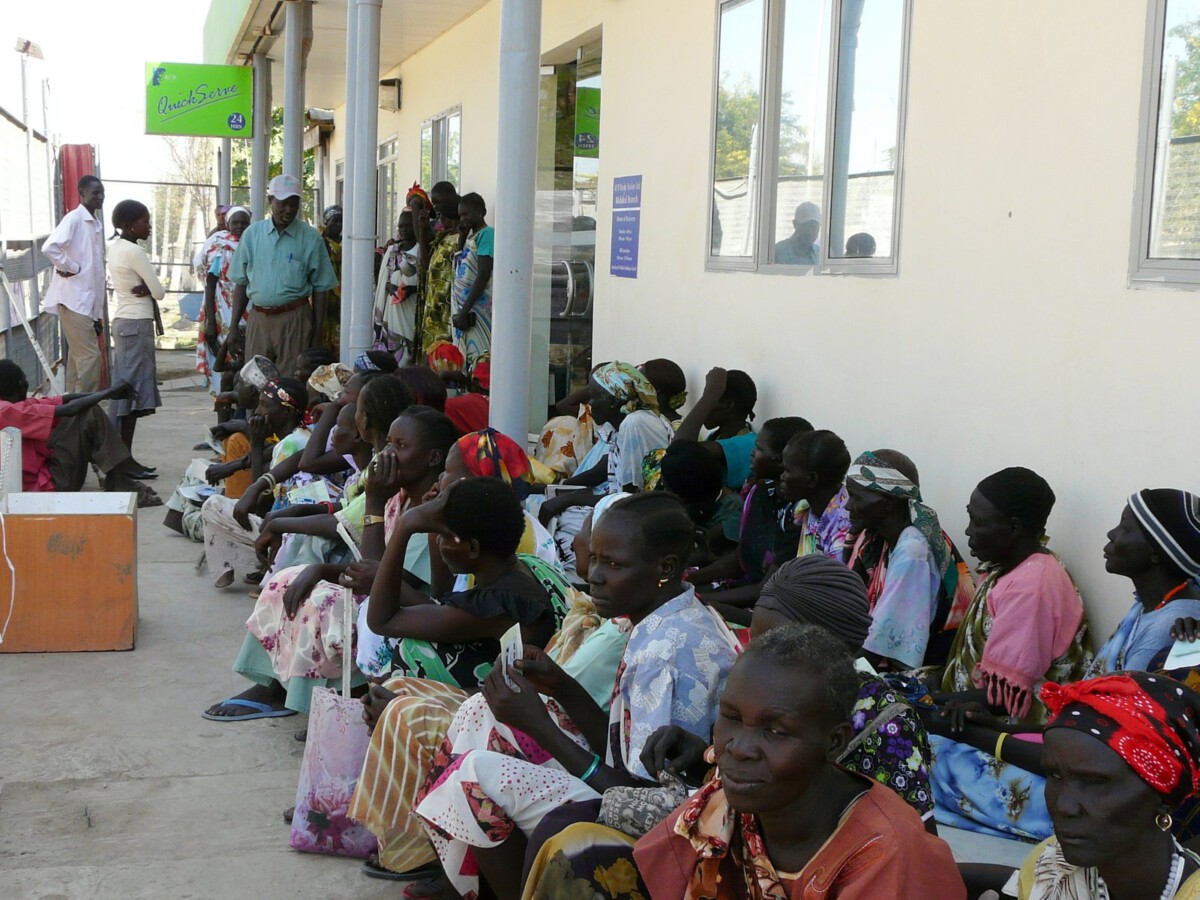The Economic Backbone That Never Faded

Small businesses continue to drive America’s economic engine with remarkable persistence. According to the Small Business Administration’s 2024 data, companies with fewer than 500 employees represent 99.9% of all U.S. businesses and employ 47.1% of the private workforce. These Main Street enterprises generated over $13.2 trillion in annual receipts in 2023, proving their financial impact remains substantial. The resilience shown during recent economic challenges demonstrates that local businesses aren’t just surviving—they’re adapting and thriving in ways that larger corporations often struggle to match.
Digital Revolution Reaches Every Corner

The digital divide that once separated rural America from urban centers has narrowed dramatically. Federal Communications Commission data from 2024 shows that 85% of rural areas now have access to broadband internet, up from just 68% in 2020. This connectivity boom has enabled Main Street businesses to compete globally through e-commerce platforms, with rural online sales growing by 34% between 2023 and 2024. Small-town entrepreneurs are now selling handcrafted goods to customers in Tokyo and consulting for companies in London, proving geography no longer limits ambition.
Young Talent Chooses Small Towns Over Big Cities

A surprising trend has emerged as millennials and Gen Z professionals increasingly choose smaller communities over major metropolitan areas. Census Bureau data from 2024 reveals that cities with populations under 50,000 experienced net population growth of 2.3%, while major cities saw outmigration rates of 1.8%. Lower cost of living, better work-life balance, and the ability to make a meaningful impact in smaller communities drive this shift. These young professionals bring fresh ideas, digital skills, and entrepreneurial energy that revitalizes Main Street businesses and creates new opportunities.
Innovation Hubs Sprout in Unexpected Places
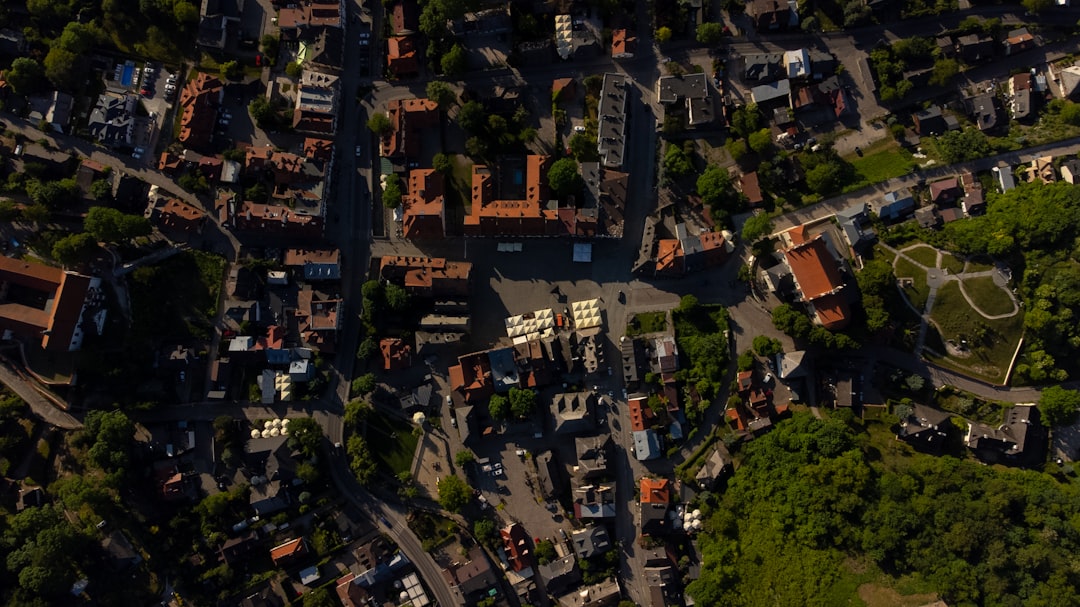
Silicon Valley no longer holds a monopoly on innovation, as tech startups and creative businesses flourish in smaller American towns. The Brookings Institution’s 2024 report identified 127 emerging innovation clusters in communities with populations under 100,000, representing a 45% increase from 2022. These hubs benefit from lower operational costs, closer community ties, and often better access to natural resources or transportation networks. Companies like vertical farming startups in Iowa and renewable energy innovators in Wyoming prove that breakthrough technologies can emerge anywhere determination meets opportunity.
Supply Chain Resilience Brings Manufacturing Home

Recent global disruptions have highlighted the vulnerability of extended supply chains, leading many companies to relocate manufacturing closer to home. The Bureau of Labor Statistics reported that manufacturing employment in non-metropolitan areas grew by 4.2% in 2024, the fastest growth rate in two decades. Small and medium-sized towns offer skilled workforces, competitive real estate costs, and proximity to raw materials that make domestic production economically viable. This reshoring trend has breathed new life into former industrial communities while reducing dependence on distant suppliers.
Healthcare Access Gets Creative Solutions

Rural healthcare challenges have sparked innovative solutions that often surpass urban alternatives in efficiency and patient satisfaction. Telemedicine adoption in small towns reached 78% in 2024, compared to 52% in major cities, according to the American Hospital Association. Mobile clinics, drone delivery of medications, and AI-assisted diagnostics have made quality healthcare more accessible than ever before. These innovations, born from necessity, are now being adopted by urban healthcare systems, showing how Main Street leads rather than follows in finding practical solutions.
Agriculture Embraces High-Tech Transformation
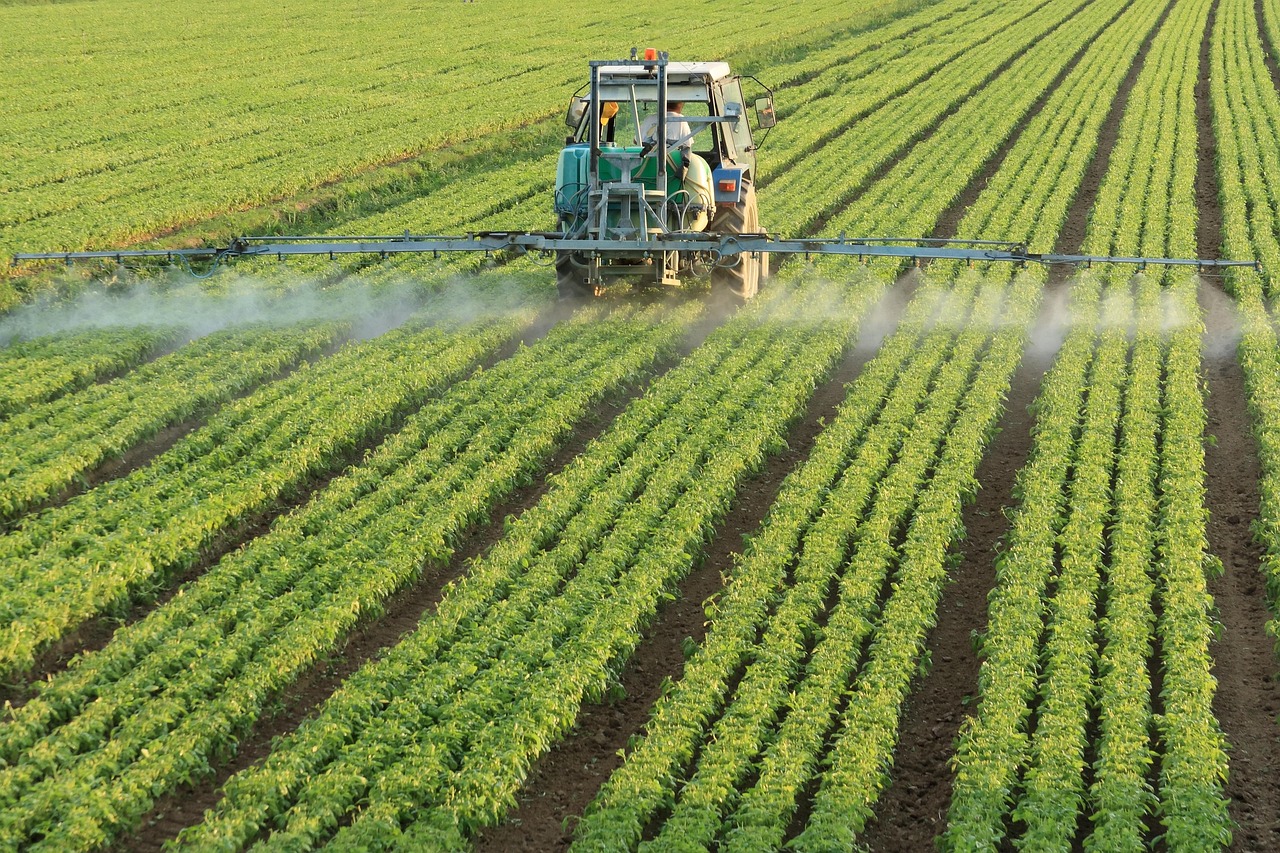
Modern farming has evolved far beyond traditional methods, incorporating precision agriculture, drone technology, and artificial intelligence to maximize efficiency and sustainability. The USDA’s 2024 Agricultural Technology Survey found that 67% of farms now use GPS-guided equipment, while 43% employ soil sensors and automated irrigation systems. These technological advances have increased crop yields by an average of 23% while reducing water usage by 18% compared to conventional methods. Young farmers armed with engineering degrees and business acumen are transforming agriculture into a high-tech industry that feeds the world while protecting the environment.
Energy Independence Becomes Local Reality

Small communities across America are achieving energy independence through renewable sources and innovative storage solutions. The Department of Energy’s 2024 report shows that 342 communities with populations under 25,000 now generate more renewable energy than they consume. Wind farms in Kansas, solar installations in Nevada, and hydroelectric projects in Montana have transformed rural areas into energy exporters. This energy independence provides economic stability, environmental benefits, and demonstrates how distributed power generation can enhance national security while creating local jobs.
Cultural Renaissance Attracts Global Attention

Small-town America is experiencing a cultural renaissance that rivals anything found in major cities. The National Endowment for the Arts documented a 56% increase in cultural events and festivals in communities under 20,000 residents between 2022 and 2024. Historic theaters are being restored, artist residency programs are flourishing, and local museums are attracting international visitors. This cultural vitality not only enhances quality of life for residents but also drives tourism revenue and attracts creative professionals who value authentic community connections over anonymous urban experiences.
Environmental Stewardship Leads National Efforts
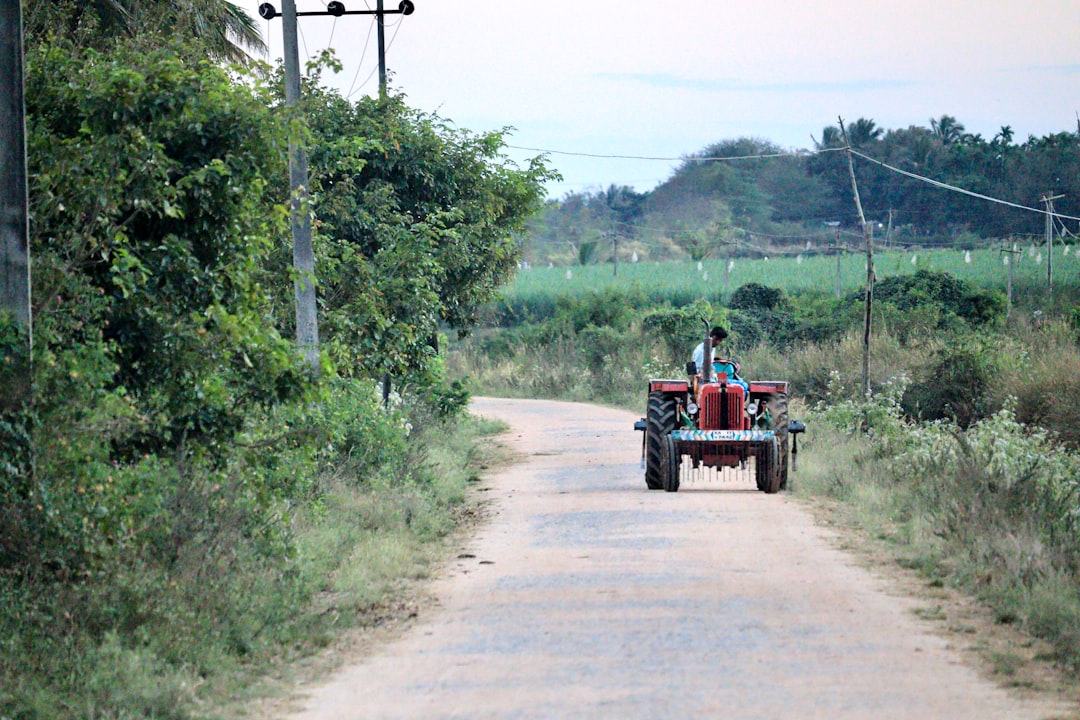
Rural communities often serve as the frontline in environmental conservation efforts, protecting natural resources that benefit the entire nation. The Environmental Protection Agency’s 2024 assessment found that small communities achieved a 31% reduction in carbon emissions per capita, outpacing urban areas by a significant margin. Conservation easements, sustainable farming practices, and renewable energy adoption rates in rural areas exceed national averages. These communities understand that environmental health directly impacts their economic future, creating a powerful incentive for responsible stewardship that urban areas are now trying to emulate.
Education Innovation Thrives in Small Schools

Small-town schools are pioneering educational approaches that larger districts struggle to implement due to bureaucratic constraints. The Department of Education’s 2024 study revealed that rural schools showed the highest rates of adoption for personalized learning technologies and project-based curricula. Student-to-teacher ratios averaging 14:1 in rural areas, compared to 24:1 in urban districts, allow for individualized attention that helps students achieve their full potential. Many small schools have formed partnerships with local businesses and colleges, creating apprenticeship programs and dual-enrollment opportunities that prepare students for successful careers without requiring them to leave their communities.
Social Cohesion Builds Stronger Communities
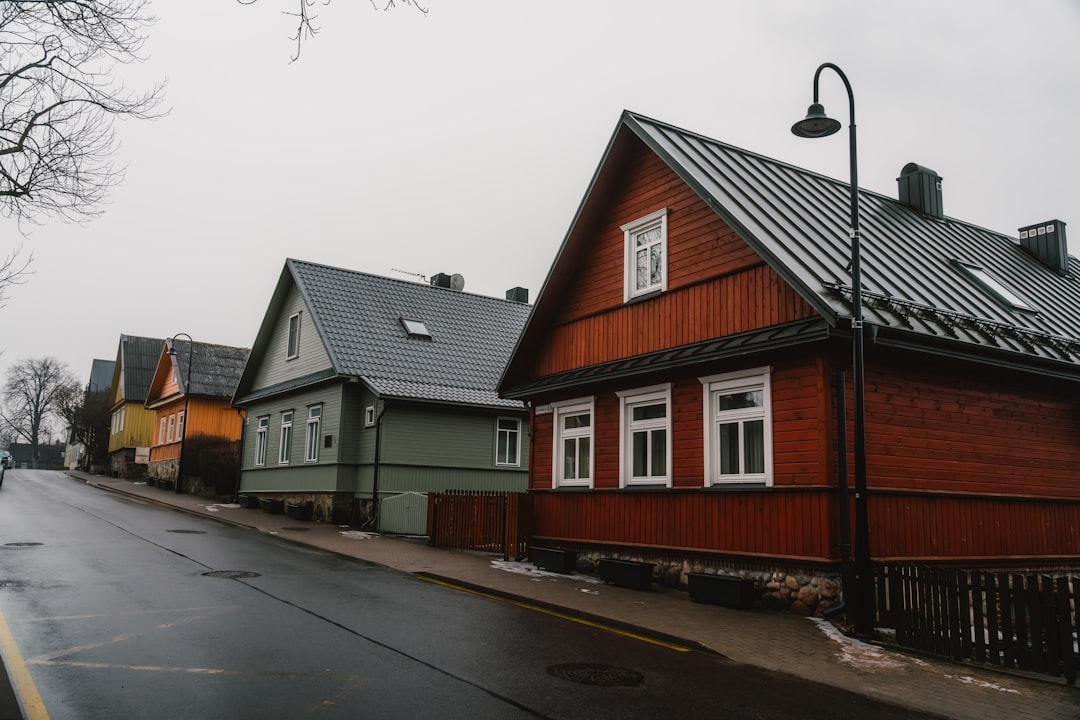
The social fabric of small-town America provides a foundation for community resilience that urban areas often lack. Gallup’s 2024 Community Engagement Survey found that residents of towns under 10,000 people were 73% more likely to know their neighbors’ names and 89% more likely to participate in local civic activities. This social cohesion translates into practical benefits during crises, with mutual aid networks, volunteer emergency services, and community-supported businesses providing security that money can’t buy. The authentic relationships and shared responsibility that characterize small-town life offer lessons in building stronger, more connected communities that the entire nation needs to learn.
What would you have guessed about the future of small-town America just five years ago?


